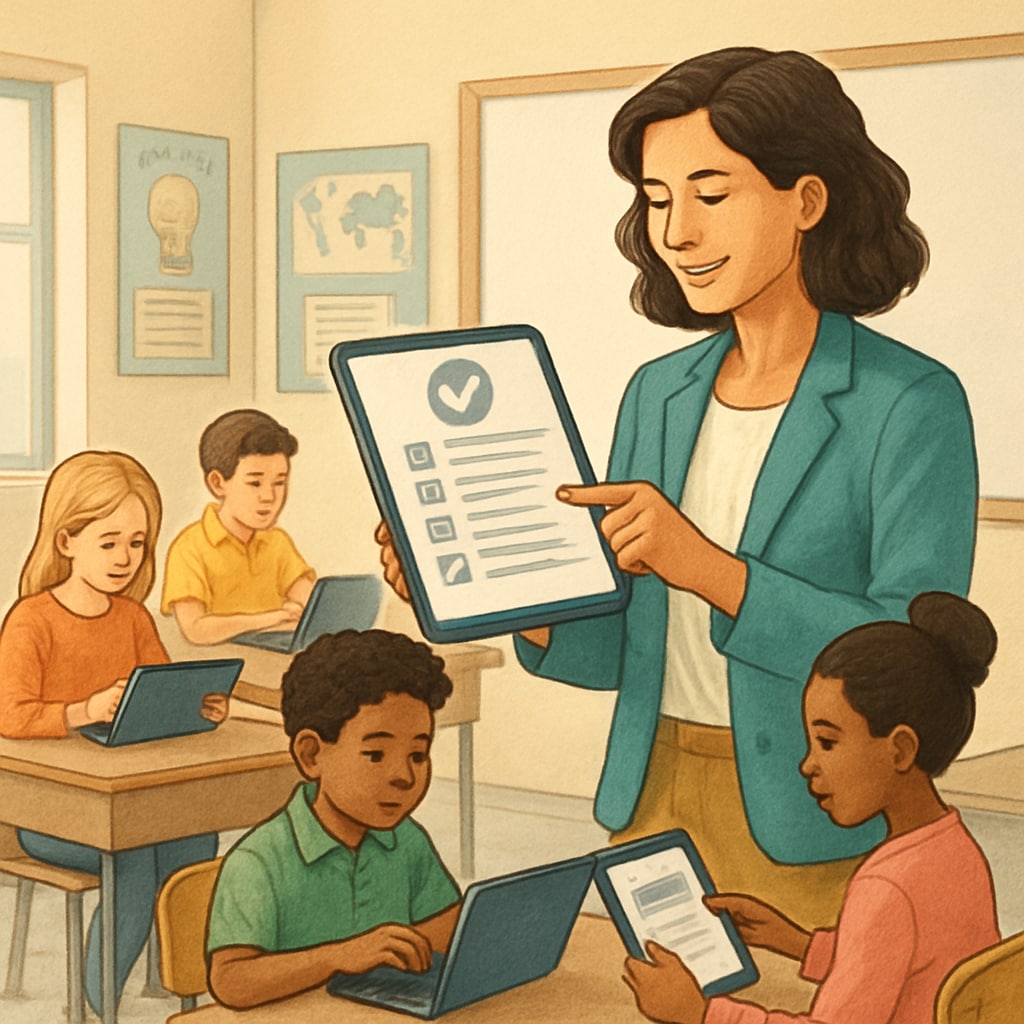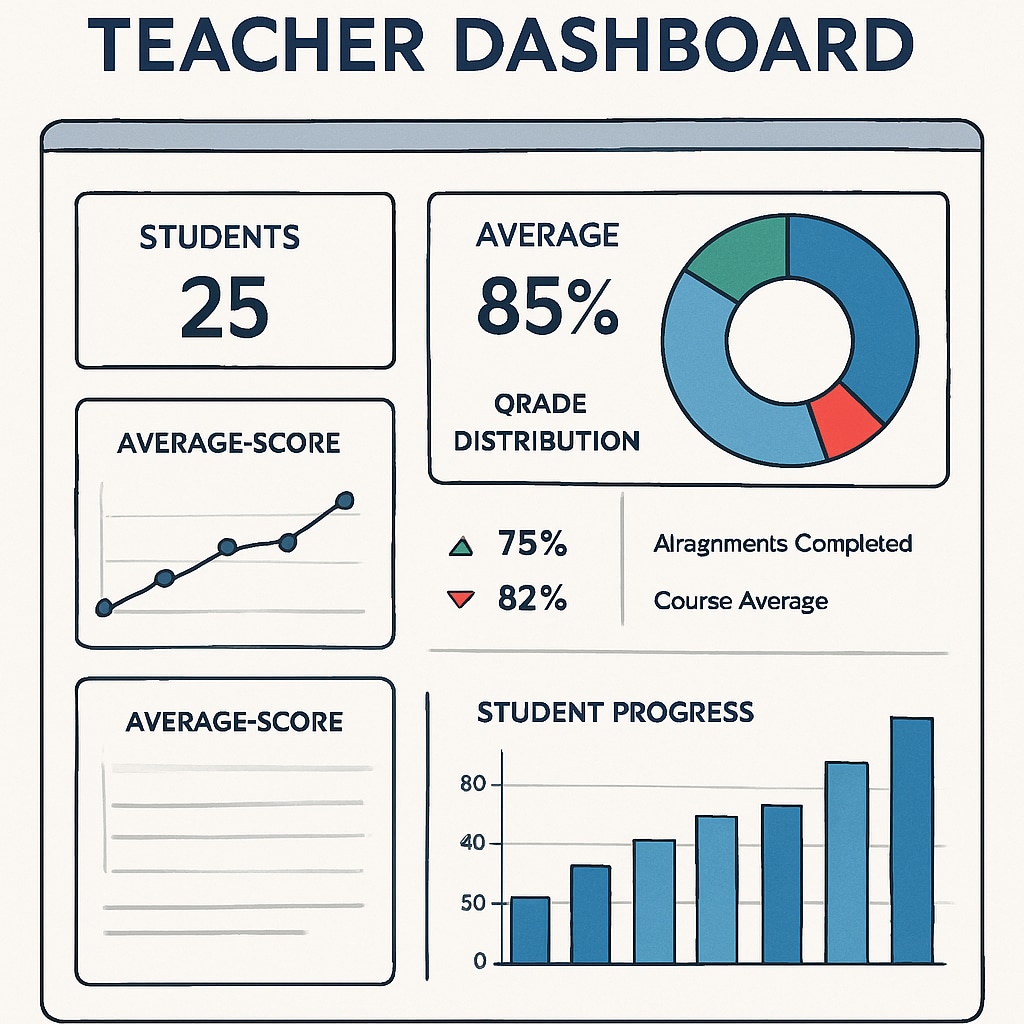High-quality test resources play a crucial role in the K12 education system. For students, these resources are more than just tools for evaluation—they are key to enhancing learning experiences and ensuring progress. For teachers and parents, finding effective assessment tools can be challenging, given the vast number of options available. This article will guide you in identifying and selecting the most suitable test resources that align with educational objectives and truly benefit students.
Why Quality Matters in Test Resources
Not all test resources are created equal. The effectiveness of a test lies in its ability to measure students’ knowledge accurately and provide actionable insights for improvement. High-quality assessment tools support differentiated learning, helping educators address diverse needs within the classroom. For example, adaptive tests adjust question difficulty based on student responses, offering a more personalized evaluation experience.
Additionally, reliable test resources ensure that students are evaluated on relevant skills and knowledge areas, avoiding unnecessary stress or confusion. As a result, students are more likely to engage with the material and gain meaningful feedback to guide their learning journeys.

Key Criteria for Choosing Effective Test Resources
When selecting test resources for K12 students, it’s important to consider the following factors:
- Alignment with Curriculum: Ensure that the test content is aligned with state or national curriculum standards. This guarantees that assessments cover the material students are expected to learn.
- Age Appropriateness: Choose resources designed for the specific grade level and developmental stage of your students. Assessments should challenge students without overwhelming them.
- Flexibility: Look for tools that allow teachers to customize tests based on classroom needs. Flexibility is especially important for addressing individual student strengths and weaknesses.
- Feedback Mechanisms: High-quality tests provide detailed feedback, helping students understand their mistakes and encouraging growth.
- Ease of Use: Both teachers and students should find the platform or tool intuitive and easy to navigate. Complicated interfaces can detract from the learning experience.
By keeping these criteria in mind, educators can ensure that the chosen test resources contribute to a more effective and supportive learning environment.
Popular Types of Test Resources for K12 Education
With advancements in technology, the range of available test resources has expanded dramatically. Here are some popular options:
- Digital Assessment Tools: Platforms like Kahoot, Quizizz, and Google Forms allow teachers to create interactive quizzes and track performance in real-time.
- Standardized Tests: Tests such as SAT, ACT, and state-level assessments provide benchmarks for student performance in core subjects.
- Formative Assessments: These include short quizzes, exit tickets, and in-class activities designed to measure understanding during the learning process.
- Project-Based Assessments: Students are evaluated based on their ability to apply knowledge in real-world scenarios. These assessments encourage critical thinking and creativity.
Each type of resource has its own strengths and can be used to complement one another for a well-rounded evaluation strategy.

Supporting Teachers and Parents in the Selection Process
Both teachers and parents play a vital role in ensuring students have access to the best test resources. Here are some tips to support the selection process:
- Research and Reviews: Read reviews from other educators or parents to understand the strengths and limitations of a particular tool.
- Trial Periods: Many test platforms offer free trials. Use this opportunity to evaluate the resource’s effectiveness before committing.
- Prioritize Feedback: Involve students in the process by asking for their feedback on the usability and relevance of the test tools.
Moreover, educators should collaborate with school administrators to ensure that chosen resources align with institutional goals and budgets. Parents, on the other hand, can support at home by encouraging students to engage with practice tests and offering guidance when needed.
Conclusion: Making Informed Choices for Better Learning
In the ever-evolving landscape of K12 education, having access to effective test resources is more important than ever. By focusing on alignment with curricula, age-appropriateness, and flexibility, teachers and parents can identify tools that genuinely enhance student learning. Remember, the right test resource does not merely assess—it empowers students to grow, adapt, and succeed.
Ultimately, investing time and effort in selecting high-quality assessment tools is an investment in the future of education.
Readability guidance: Keep paragraphs concise, use bullet points for clarity, and maintain an active voice throughout the article. Distribute transition words evenly to ensure smooth reading.


